Dreaming and the Subconscious
by Catherine Shainberg, author of The Kabbalah of Light and Kabbalah and the Power of Dreaming
In my new book, The Kabbalah of Light, I explore kabbalistic practices to connect with the natural genius of your subconscious and help you liberate the light within. Let me tell you how I came to learn this ancient tradition.
I have always been fascinated by the subconscious. At first I didn’t know what the word meant—but I knew I was more interested in following what my imaginary friends were doing, than what was happening around the dinner table. In fact, I saw no difference between the angels and fairies that populated my world, and my little friends I played with in Hyde Park. It was my mother who persistently reminded me to pay attention to the real world, and not to dream my life away.
I developed many strategies to remain aware of what was happening around me, and so I was able to accomplish the many tasks that were required of me at home and at school. But at the same time, I couldn’t ignore the goings-on in my other world. It took me years to understand that most people simply lived in the real world and paid scant attention to the other world. To me, this was a terrible loss. The flow of my imagination was varied and quick, and endlessly entertaining. It also educated me. A large dry leaf could be restored to the soft green of early spring, the leaf still attached to its branch, and the branch to a centuries-old tree whose wisdom I could hear booming in my inner ear. Colors glistened and voices sang. Souls required me to accompany them to their heavenly rest. And homeless ladies (there was one who lived in a vacant lot opposite our house, and I waved to her every evening) needed a cocooning of light to stay warm at night. I lived a life of richness and beauty I couldn’t get enough of. I devoured fairy tales and mythological stories. Voices spoke words in my ears that I generously transmitted to my playmates. This led to me being accused of lying and then punished. I soon learned not to communicate what I heard and saw. I became secretive and mute about my inner world, but the lure of the inner world was too powerful.
When it came time to go to college, I opted out of practical solutions (my mother urged me to go to l’Ecole Polytechnique, a prestigious engineering school, where I would meet lots of nice boys) and went to study art history at the Sorbonne in Paris. There I revived, somewhat. The colors on the canvases ignited colors within me, and soon my imagination was running wild. I wanted to study how images change people, but my thesis professor explained to me that I was there to become a scholar. As he put it, there were two types of people, those who live and those who watch other people live. Art historians watch other people live. I stood up and told him I was one of those who lived. I walked out on a career that seemed, at the time, the only way forward for me if I was to navigate the real world.
After floundering for a while in jobs that didn’t suit me, I decided to apply to American universities. I did well and got a full scholarship to Harvard, but in 1971 I gave it up to follow my inner voice. The voice said: Go to the Middle East. I did. I went all over the Middle East. I was intending to go to Harvard to study the use of imagery in the political dialogue of Arab speaking countries, so the voice made sense. But then the voice began making no sense: Go to Israel, it said. I had never been attracted to Israel or to the Jewish people. In fact, I knew next to nothing about them. My mother was anti-Semitic, as were many “pieds-noirs” (the name French people living in Algeria were called). And I was a by-product of her belief system. Thus far I’d had no reason to question her prejudices, and had lived in a happy oblivion of non-confrontation.
The voice woke me up: Go! My mother thought I was crazy and that I was going to Israel to annoy her. My father, being a journalist, was more tolerant. But still, giving up a scholarship to Harvard? He tried to talk me out of it. To this day, I wonder what internal compulsion made me disregard his kindly and reasonable advice.
This reminds me of the inscription “Know thyself” that was written in the forecourt of the Temple of Apollo at Delphi. One can imagine two guardians of the sacred gates, swords raised, crying out: Do you know yourself? I had no idea who I was, what I wanted, nor what the voice meant. But there it was. I was committed to my inner world, and I was giving up a higher education to go pick fruit on a kibbutz in the Negev desert.
Two years later during the Yom Kippur War, a friend and I were serving as night sentries. To pass the time under the starlit sky, Yohav read me excerpts from the Hebrew Bible. I remember most poignantly the passage where a voice speaks to Abraham. “Lekh lekha!” There are two ways of translating this: Go! Or, go to yourself. Abraham (or Abram as he is called before God makes a covenant with him) is asked by the voice to leave his father’s home in the fertile Mesopotamian Valley and to venture forth into the desert. Where to? There are no signposts in the desert. “Where I will show you,” comes the answer. I was in a similar no-man’s-land, lost somewhere in a dusty desert with the sounds of tanks rumbling by, waiting to be shown.
In the Hebrew language are many hidden signposts—not stone gates like the gate at Delphi, but written gates. The words olam (world) and ne’elam (hidden) have the same Hebrew letters. We call them roots. When two words have the same roots, they are connected in their deeper meaning. You can imagine these two words as the two guardians of the gate. One says: You are a world unto yourself; the other: that world is hidden! You want to cross our threshold? Beyond awaits the great unknown. That night, listening to Yohav’s voice reading the Bible, the guardians let me cross the threshold into the sacred inner space where a whole world of secret knowledge is hidden.
What was I doing in the middle of nowhere, among a people I didn’t belong to, listening to a disembodied voice reading the ancient stories? We were so close to Sinai that during the day we could hear the cannons roar. What if the Egyptians reached our kibbutz? And what was it that invaded me during those nights? Inner spaces were opening up, a seething world of emotions, impressions, déjà-vu, a violet ocean of expanding contracting chaos, filled with the tohu va’ bohu (without form and void; in other words, emptiness and desolution) that I later learned was the beginning of creation.
I had been sitting for two years in a darkness of intention, not understanding why I had traded an amazing opportunity to be, literally and figuratively, in the desert. This was the first inkling that the darkness was lifting, but I didn’t know how or why I felt this way. I was moved, but my thoughts were in turmoil. Finally I consciously accepted that my mother was wrong: The rational mind didn’t know everything. A deeper or higher mind was at work orchestrating my destiny. I was confused, angry, and unsettled, but a wiser part of me trusted that all this confusion was not in vain.
A few weeks after the end of the war I encountered a French man who lived in Jerusalem and who, in pronouncing the unknown name “Colette” sent me rushing to fulfill the destiny my subconscious self intuited. I describe my meeting with Colette Aboulker-Muscat, who was to become my Kabbalah teacher and spiritual mother, in my first book, Kabbalah and the Power of Dreaming.
A year after meeting Colette, my aunt came to visit. I took her to meet Colette, and to my amazement, the two ladies fell into each other’s arms. They had gone to the same school in Oran, Algeria, where they grew up, as had my mother. My mother at the same school as Colette? In fact, she lived across the street from her! The voice had led me across the seas and all the way to the door of a lady who, while definitely not accessible to my conscious mind, was known to my subconscious mind. How was that possible?
What if I hadn’t listened to the voice? My story would have continued, of course, but would I have discovered my true calling and life’s work? Would I have experienced the radical joy and wonder that would suffuse my life from there on? I believe that I would have fulfilled my mother’s dreams, but not my own. I know that my life would have felt incomplete and meaningless. Listening to the voice, to the stories Yohav read me, and then meeting Colette, something hidden deep within me exploded, and a flood of hitherto unknown knowledge burst onto the screen of my conscious mind.
Who was Colette? To me she was one of the great loves of my life, my teacher, my spiritual mother, my home. When I was first introduced to her, I had no idea that she was a teacher. She sat me in front of her, looked me in the eyes, and said, “What do you want?” To my utter surprise, unrehearsed and unexpected words came out of my mouth, “I want you to teach me how images move and transform people.” This is what I had been pondering since childhood. She smiled and said, “I have waited for you a long time!”
Thus began my apprenticeship. I was required to be there every morning at 7:30 a.m., my dreams written and fully illustrated (I painted them). She would listen to them, then ask me to close my eyes. She guided me with precision and mastery into my subconscious realm. The first induction she gave me was to draw a circle in the sky. I did, and thousands of white birds burst out of the circle, followed by a great and powerful blue angel who told me his name was Pursel. I was mesmerized.
Colette was one of the most notable female Kabbalists living in the land of Israel at the time. To the many who came from all over the world seeking consolation and enlightenment she was a revered spiritual teacher. For those of you who wonder about a woman teaching Kabbalah, it is true that Ashkenazi rabbis required those studying Kabbalah to be men, over forty years old, and married. No women were allowed to plunge the depths. But Colette was from a Sephardic family and so no such restrictions applied. Her grandmother had been a famous teacher to the rabbis and Jewish community in Algiers. Her granddaughter was simply following in her footsteps.
Colette was the last lineage holder of her family’s ancient Kabbalistic tradition, a tradition that dated back to the thirteenth century, but was said to go back to the patriarchs and prophets who roamed the land during biblical times. Her direct ancestor, through her mother, was Rabbi Yaakov ben Sheshet of Gerona, Spain, himself a disciple of Rabbi Yitsḥaq Saggi Nehor known as Isaac the Blind, the first man to coin the word Kabbalah. Isaac the Blind lived in the South of France where he taught and founded an academy of learning and Kabbalah called Posquières, which remains, to this day, in the memory of Jews, a great beacon of wisdom and radiance.
Shema, listen, says the main Jewish prayer. The people listened. “And the people saw the voices.” Yitsḥaq Nehor was called “The Blind,” not because he had lost his eyesight, but because, like the biblical patriarch Isaac, he listened with inner ears and saw with inner eyes. The Sheshet family’s transmitted knowledge had to do with listening, with vision, with dreaming, and with activating the subconscious to reveal its secrets.
When one reads the Bible, one is struck by the fact that every story starts with a night dream, a daytime vision, or clairaudience. The sayings of the prophets of Israel occupy a third of biblical texts. How did the prophets learn? A midrash (legend) tells us that after Isaac was saved from his father Abraham’s knife by an angel, he went off to study at the academy of Shem and Ever. Academies such as these were later called academies of the bnei ha-nevi’ im, the sons of the prophets. They were learning to consciously develop prophecy.
My mother tried to stop my dreaming, but I had been born a dreamer. Dreaming was far too compelling to give up. I had followed it, but I had become exhausted. Colette restored my joy and trust in the power of dreaming to lead me to myself. Who was I? I was going to find out, and the truth was grander and more magnificent than I had ever dared hope for. I was going to find out that dreaming is a royal road to enlightenment, and that our subconscious holds the key to our true meaning and destiny.
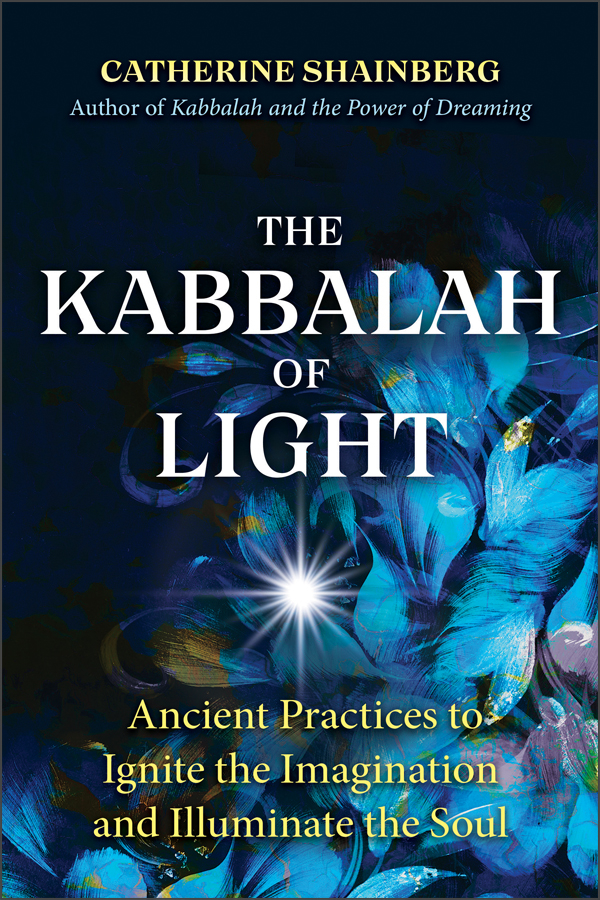 |
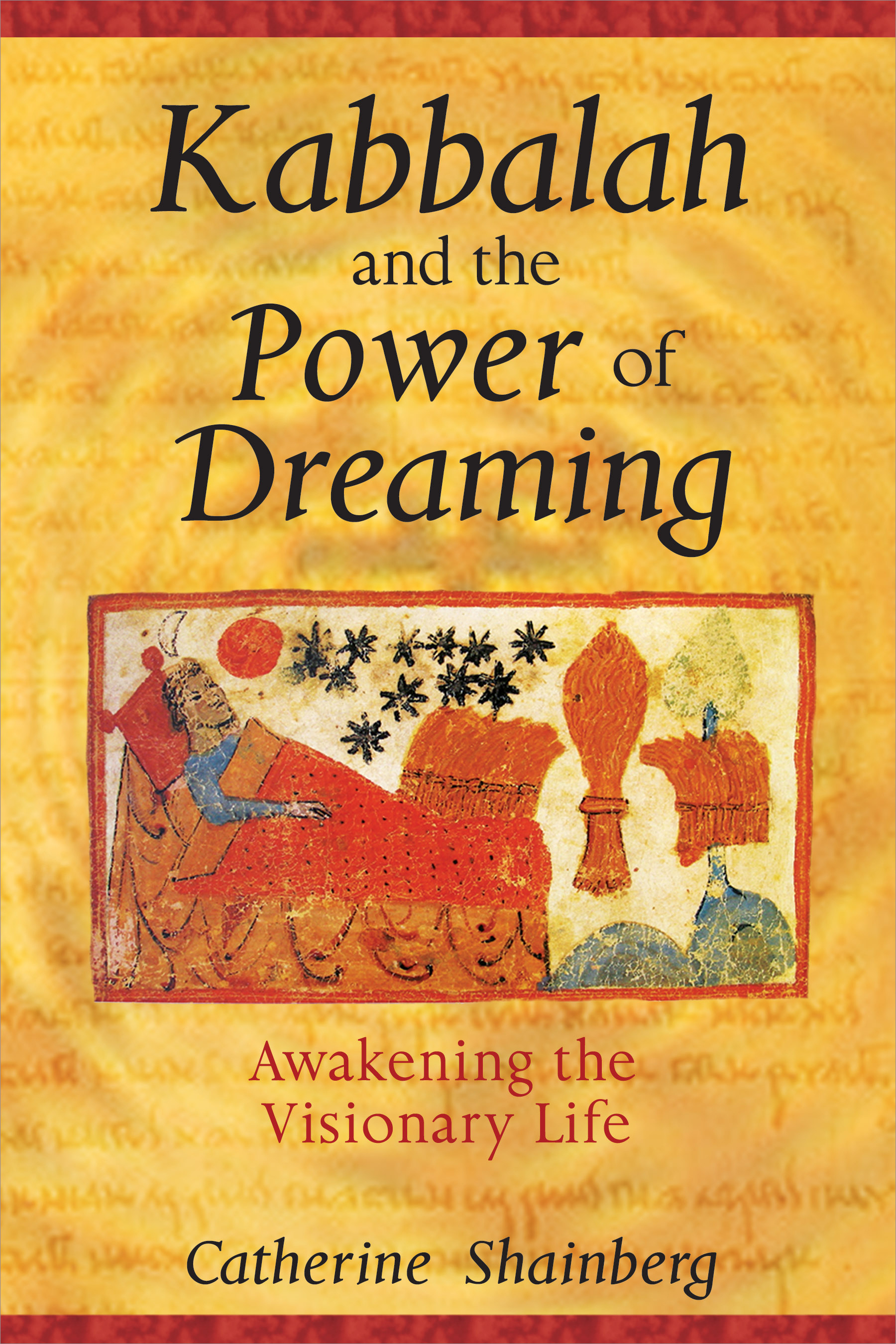 |
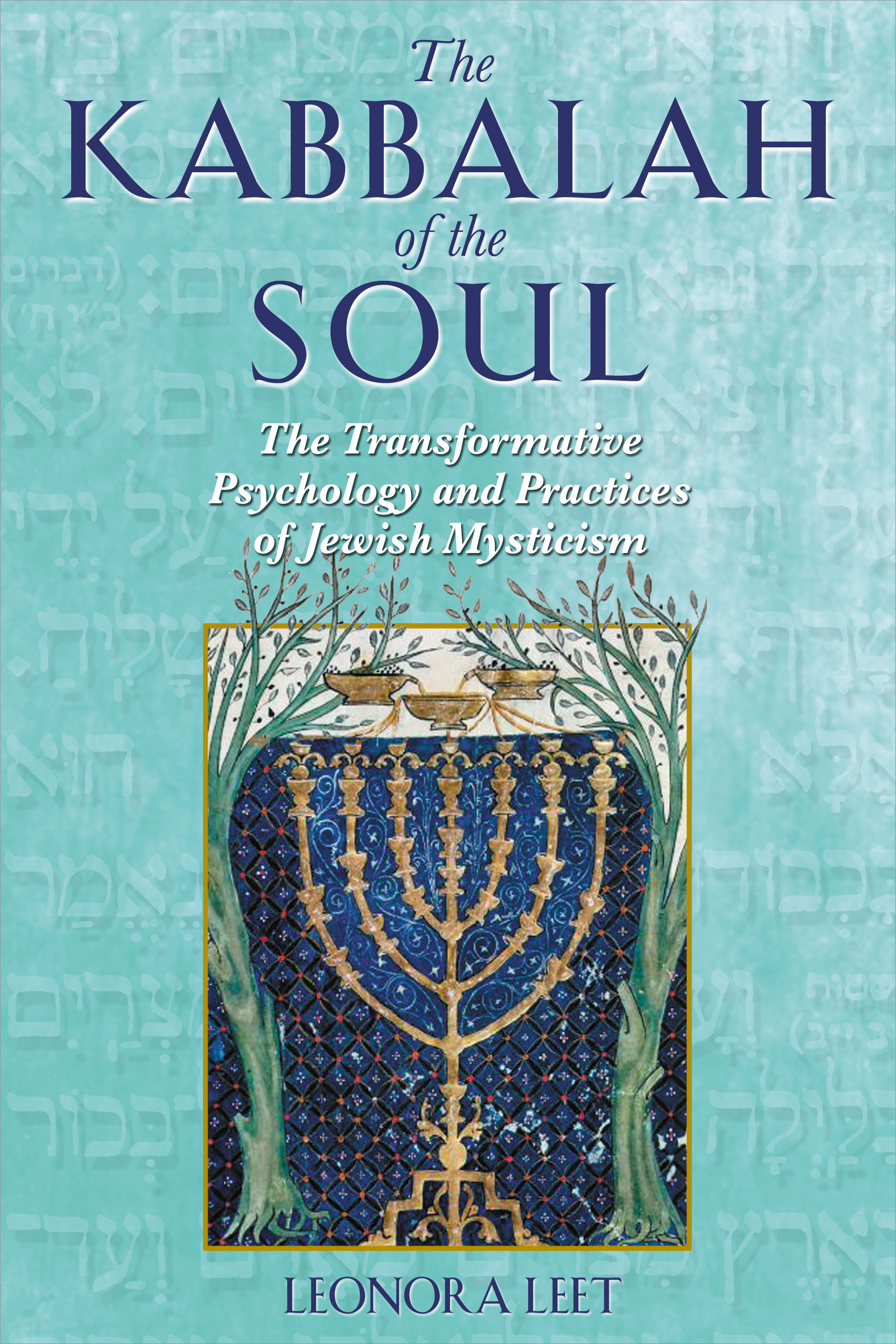 |
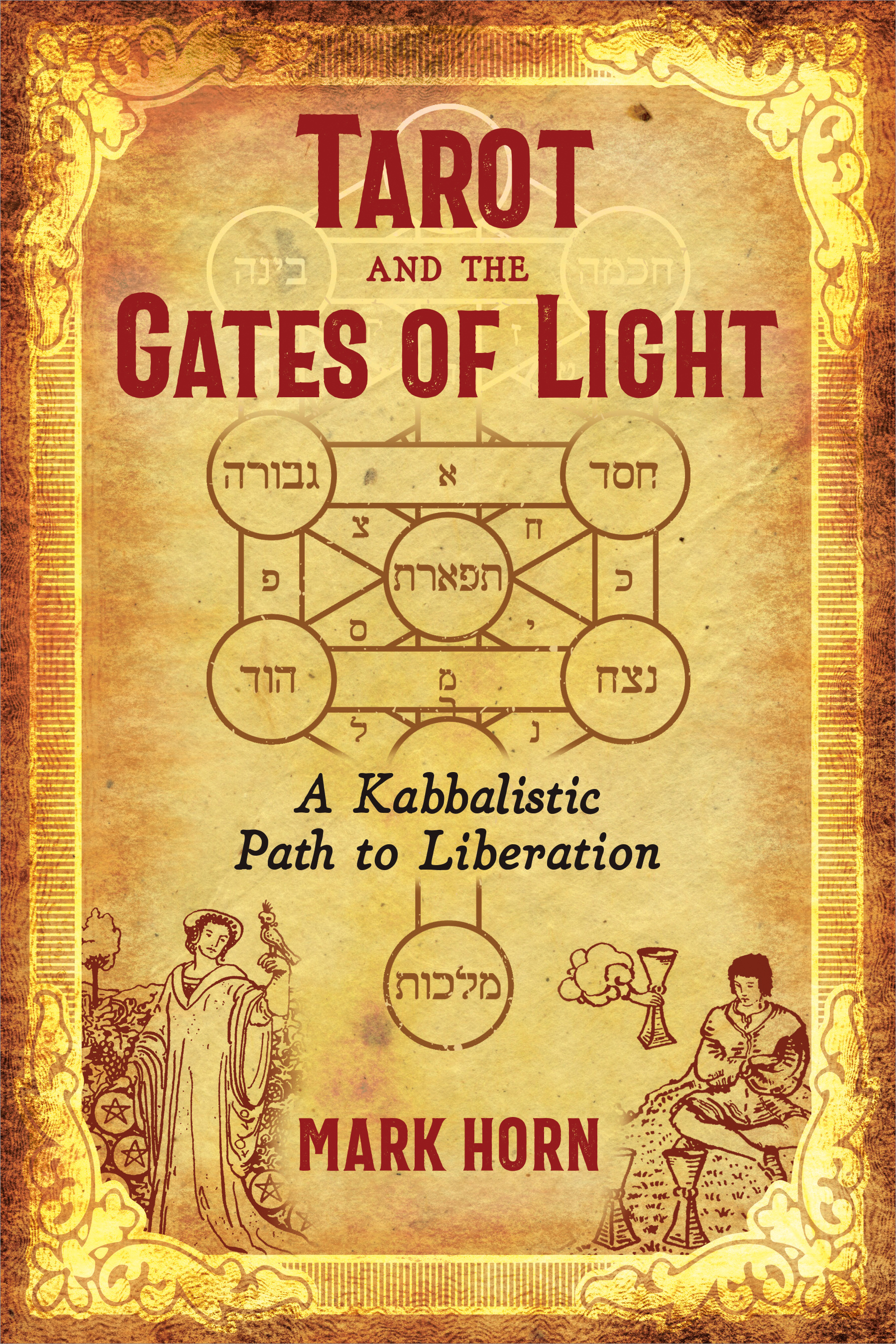 |
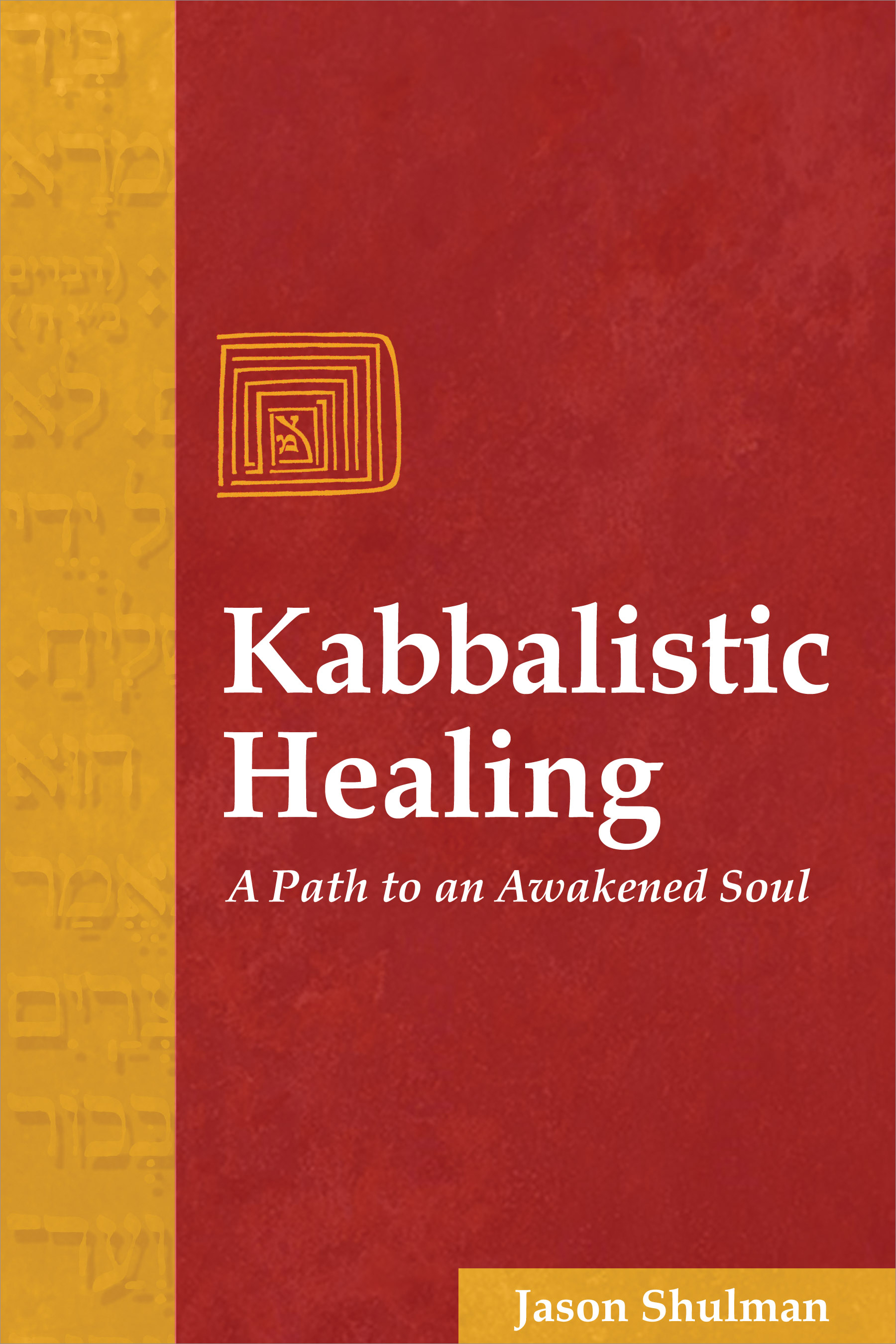 |



